Every evening before I go to bed, I take The Boy (our sweet, but rather nervous Border Collie) for a short walk round the garden. I only have to reach for the torch, and he’s out from under the bed and at the door. I don’t know how he always knows.
Last week we stepped out after the worst of the storm had passed. It was dark, and the rain was still sheeting down, but we decided to do our loop, nonetheless. Up the steps, past the veg patch and back down to the house. On the way I discovered, through the chaos of dancing leaves and creaking pines, another part of a big ash had come down. It missed the greenhouse by inches, but tore the squash from their tethers, uprooted the onions, crushed my little leeks and buckled the deer fence.
The following week we cleaned things up; there is now a stack of logs seasoning by the shed, a crate of pumpkins ripening on the bench and the onions we saved, are ready to plait.
Growing some of my own food at home helps me see nature more clearly. That’s one of the reasons I like it so much. I could see, from the veg garden, how all the ash trees have changed over the years, their limbs like featherless wings, their bark cracked and open. It’s sad to see them like this, but perhaps it’s a good thing just to notice at all.
My small noticings, as I task about the beds, make up thumbnails of a wider seasonal portrait. They are markers which help fix me into a more natural cycle of living.
While sowing carrot seed I’ve seen a sparrowhawk take a blackbird in mid-flight. Honeybees swarming in the elder as I’m pulling radish. Locked eye-to-eye with a roe buck across the frosty kale plants (although he was the other side of the fence) and and how everything turns from life, to death, to life again. All under the boughs of the great old ash.
Gill Meller is a chef, cookery teacher, food writer & stylist. He’s the author of Gather, and Time: A Year and a Day in the Kitchen. He lives near Lyme Regis in Dorset.
Photograph by Matt Austin.

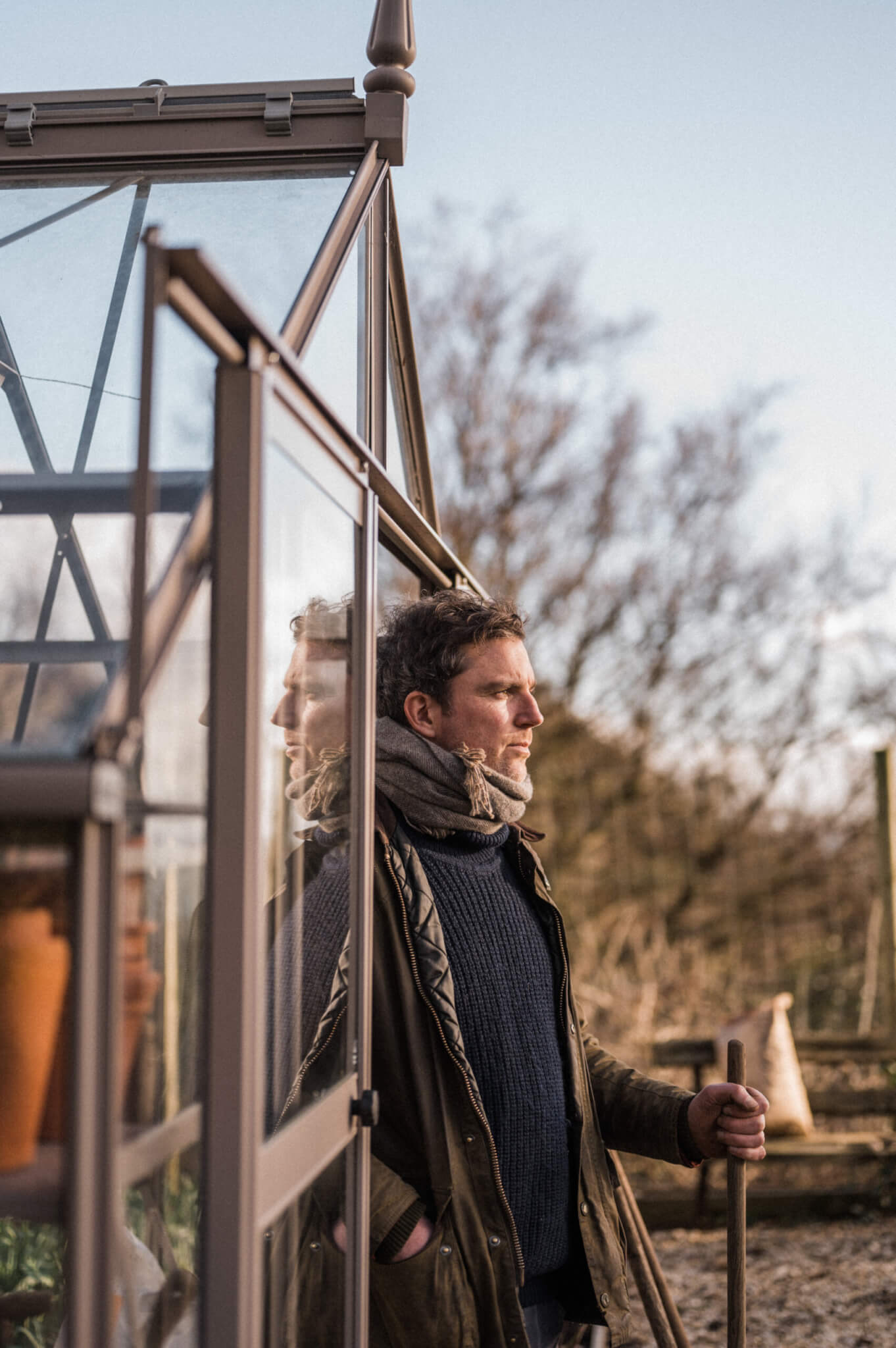

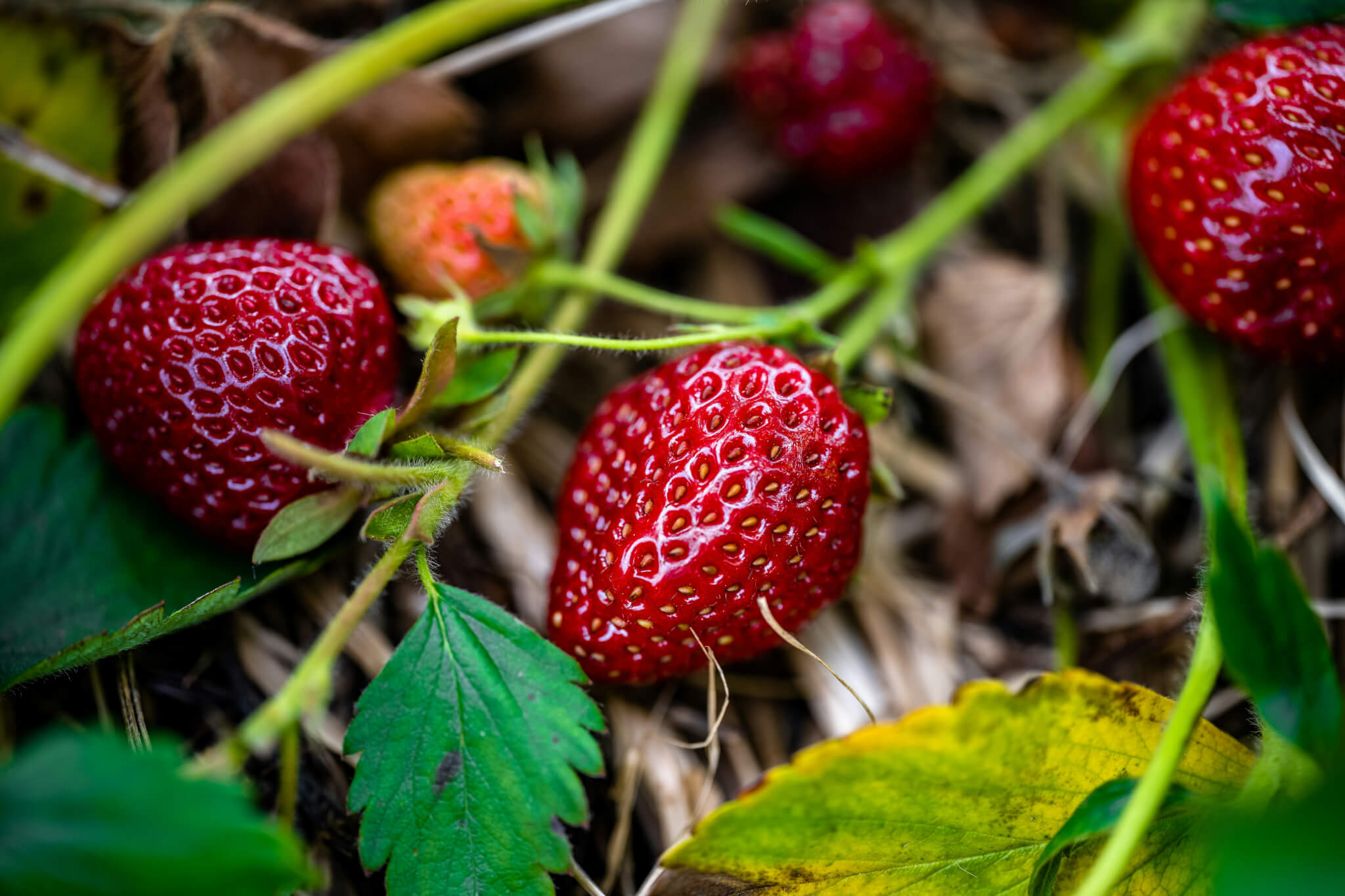
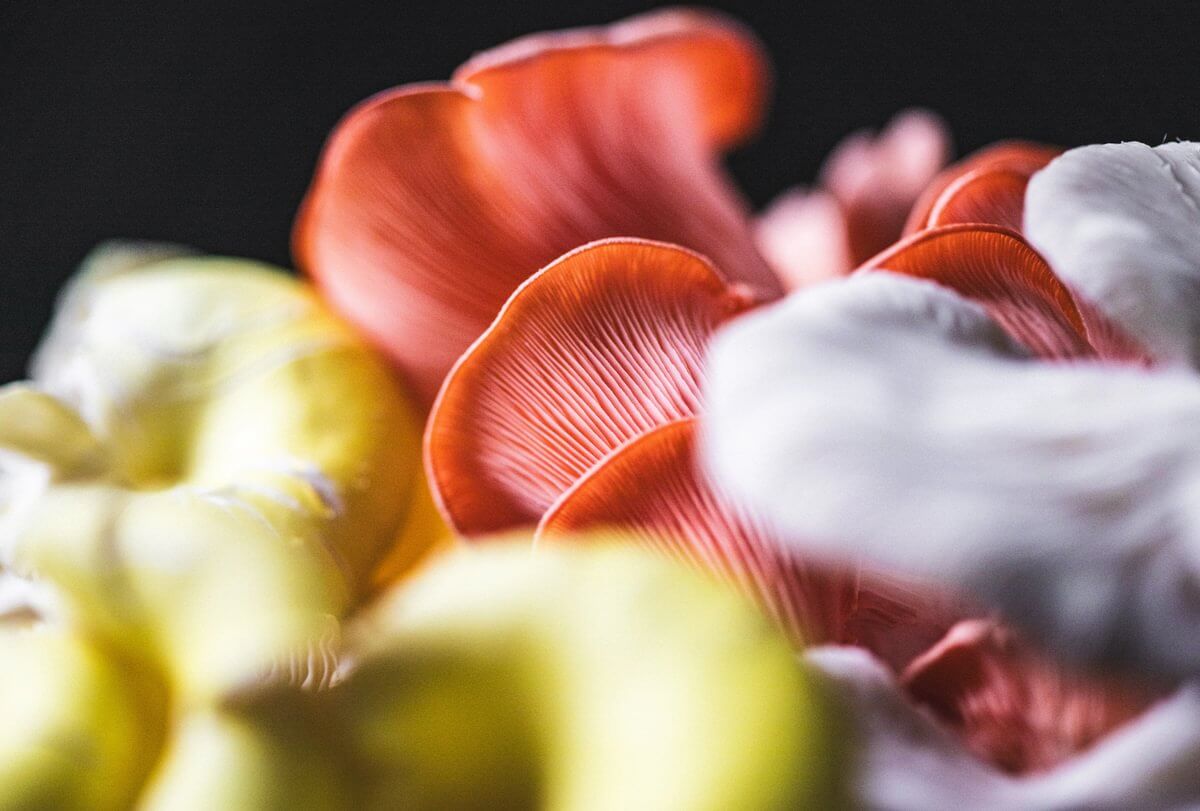


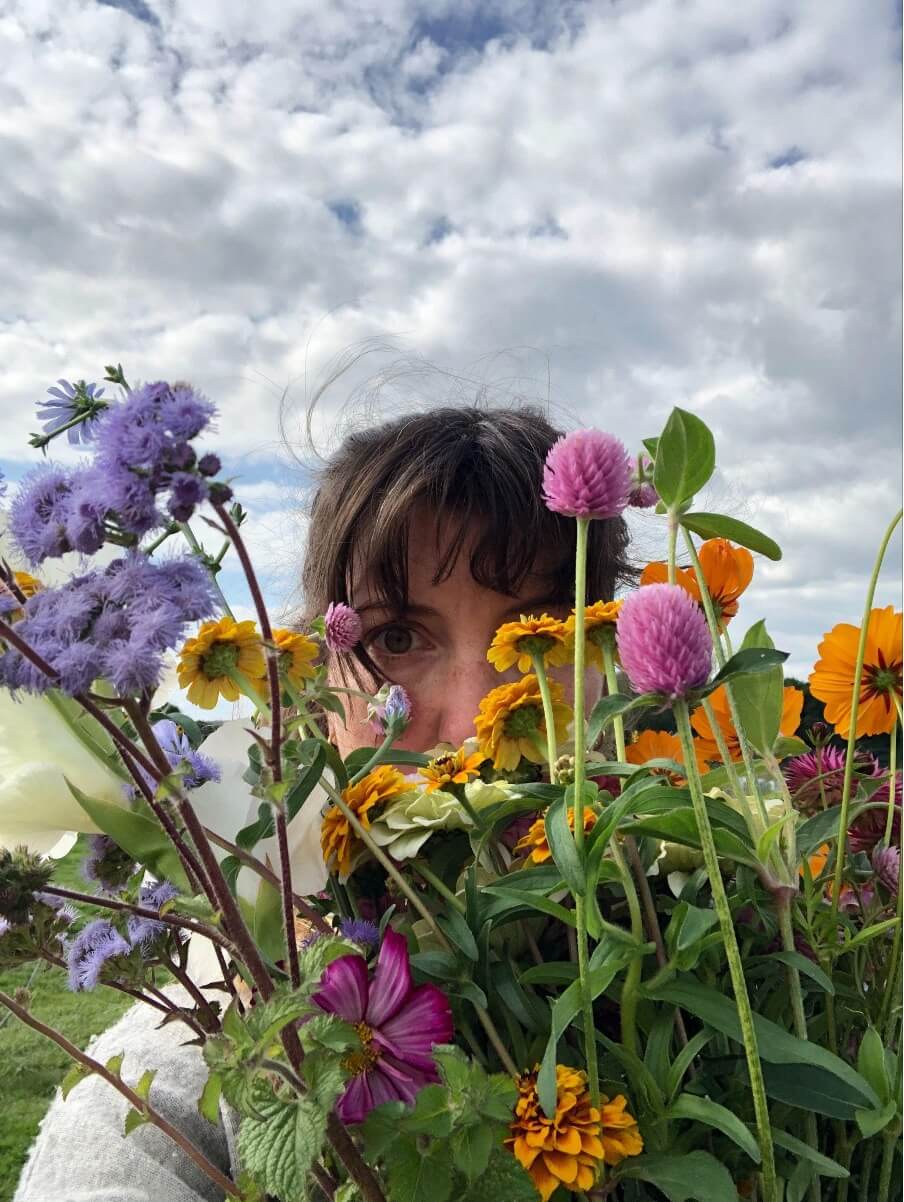
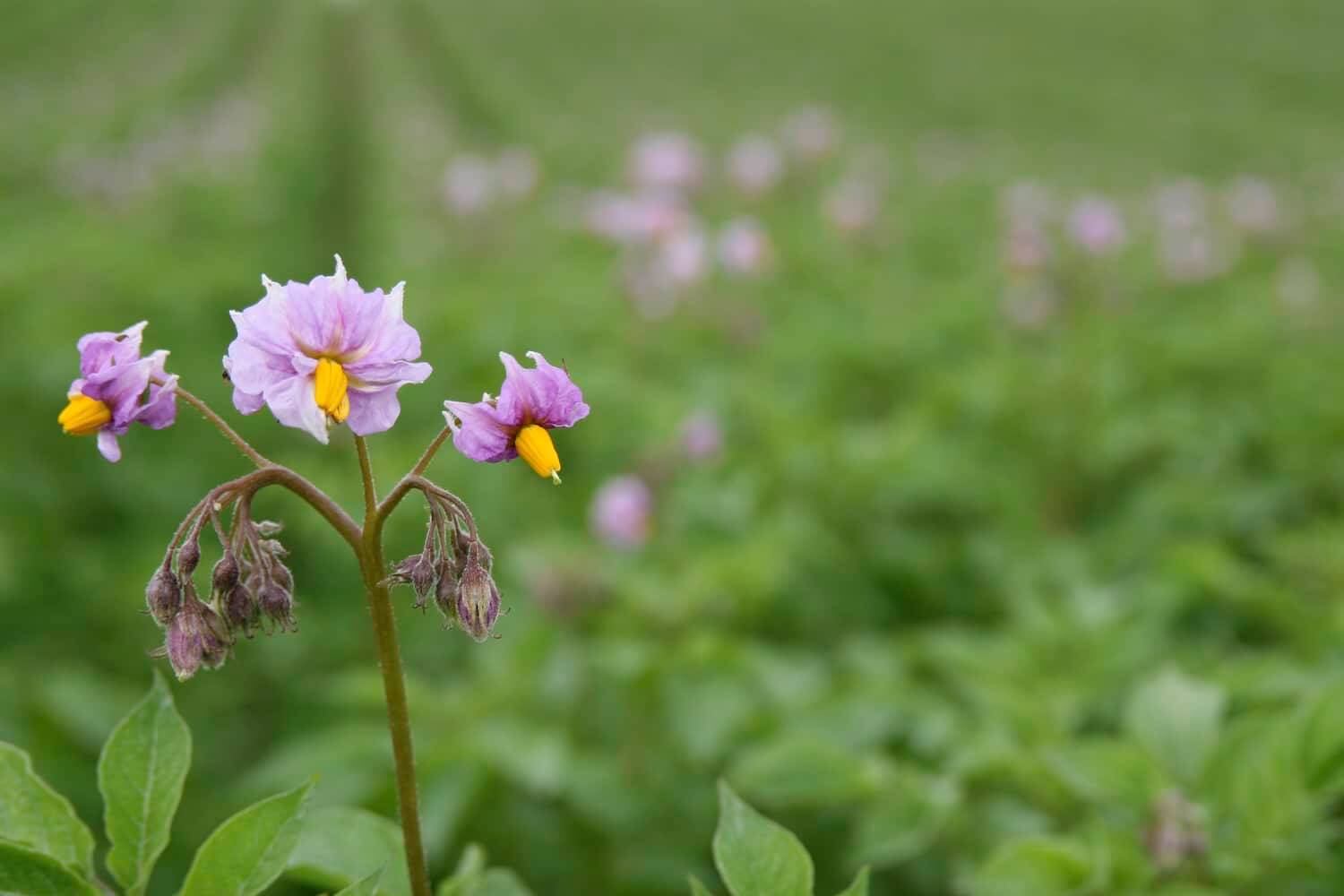




“The best fertiliser is the gardeners shadow” – piece of wisdom from China, but highlights the importance of being ‘present. My small garden is more efficient than my allotment ever was. As someone who attempts to live in a way that gets me closer to a ‘permaculture’, Gill’s short prose reminds me of three of the applied principles for good design, “Observe & Interact” and “Creatively use and respond to change” and “Obtain a yield” which in Gill’s case includes the value he places on his experience of the nature that he can see around him.